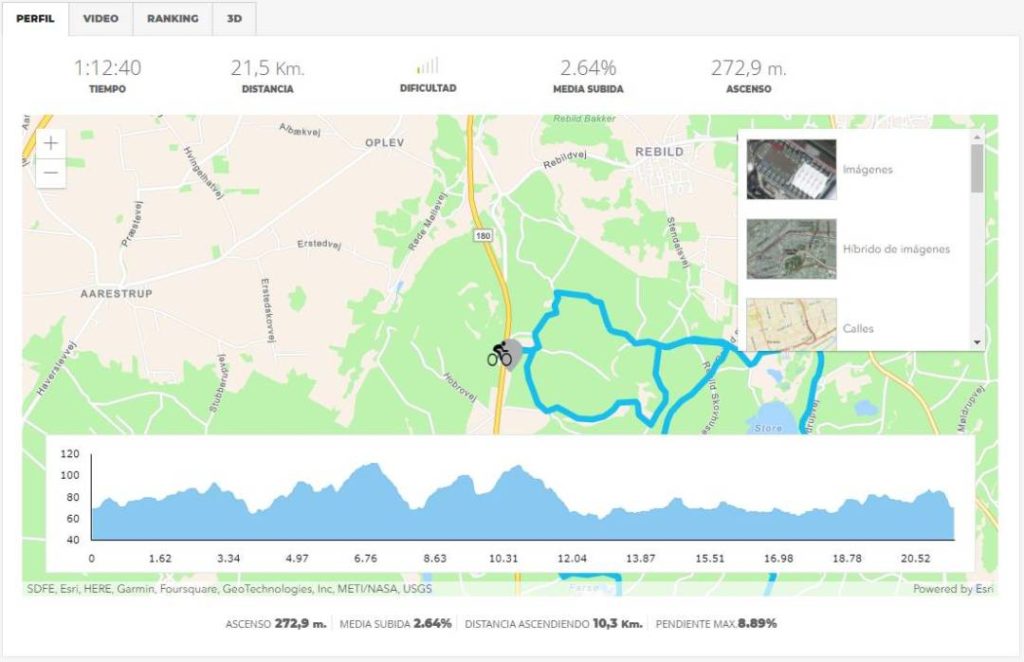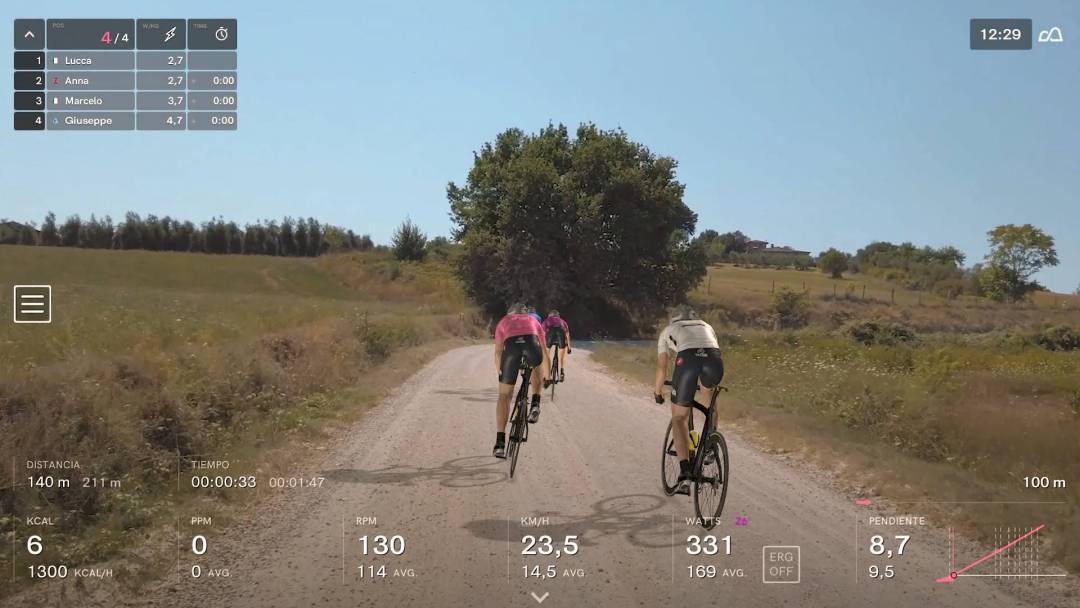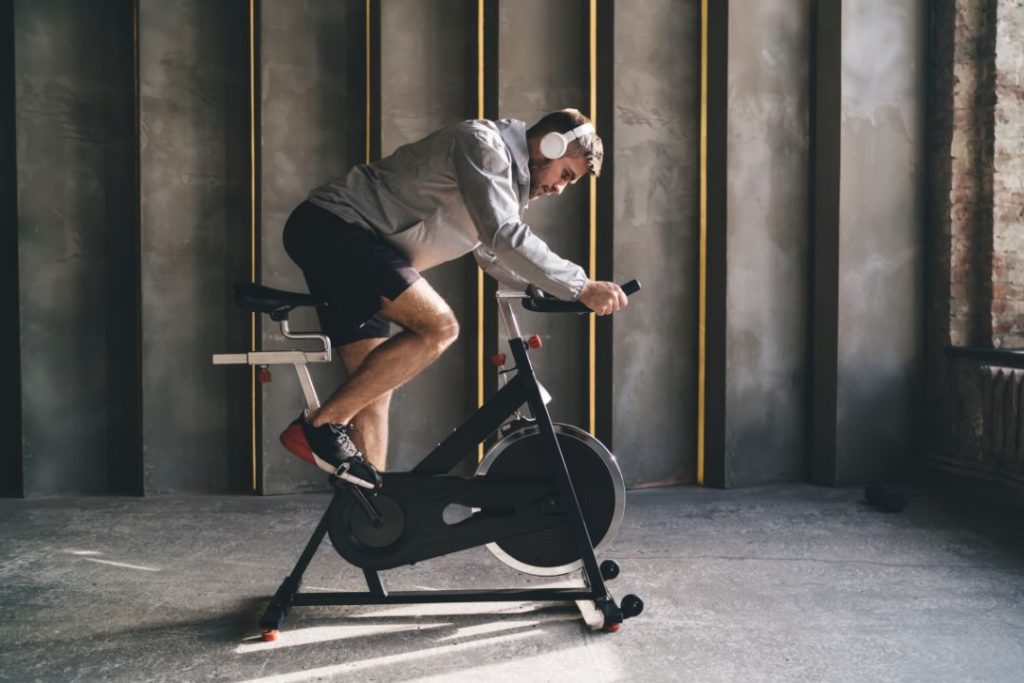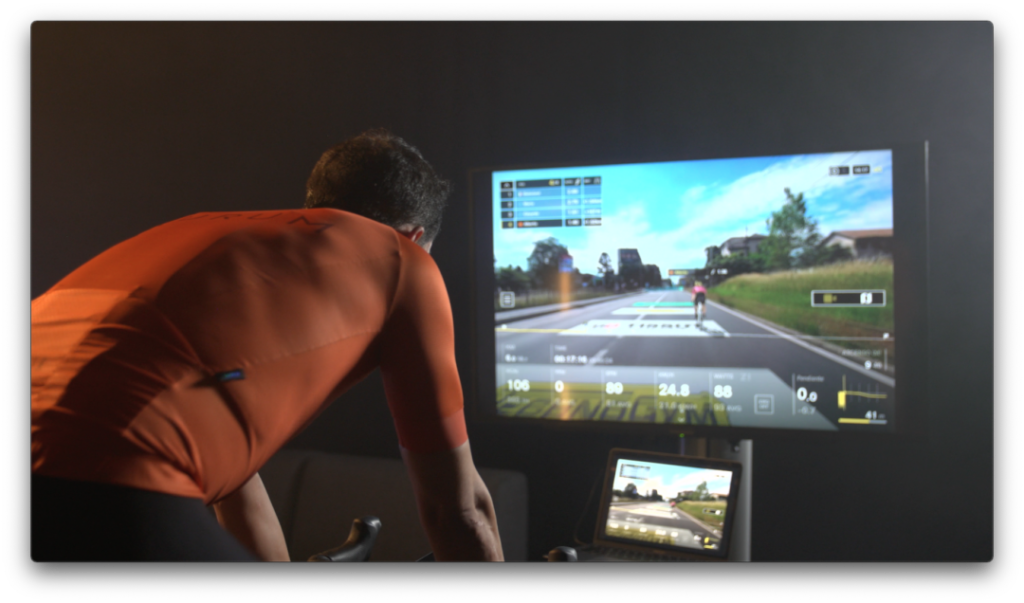Gravel is in fashion. For some time now, the cycling calendar is full of tests which are ideal for getting dirty, discovering new routes and arriving exhausted at the finish line.
If you are looking at this article surprised, we will fill you in: gravel is a cycling discipline characterised by routes of earth, gravel, rocks, mud and other non-paved tracks. It has become popular over the last few years due to the challenge it poses and the sense of adventure involved, as the cyclists must be prepared to face up to all types of climatic conditions.
In addition, a large number of the races held do not mark out the route: all you have is your GPS track which we carry with you.
The question is, can you use a Smart trainer for a gravel test? The answer is yes. Today we will cite a scientific study to back this up: according to ‘’The effects of indoor cycling training on outdoor cycling performance’’ by Mark R. Burnley and associates (2017), indoor training is related to an improvement in the cycling performance outdoors, as it allows you to specifically train different energy systems and improve your technique.
Advantages of using the Smart Trainer for Gravel: Simulate difficult terrains and intensity control
One of the main advantages of indoor training is the chance to simulate different gravel terrains, as you can adjust the resistance and speed to simulate different conditions. This means you can work on different energy systems and improve your technique in situations similar to those you would face during a race.
Also, training on the Smart Trainer allows you to control the intensity of the training accurately, in order to measure parameters such as power, heart rate and the cadence. This is particularly useful on gravel, as the races can be challenging and require a high level of physical effort.
How to use the Smart Trainer to Improve on Gravel: Specific exercises and training programmes
As mentioned above, in order to use the Smart Trainer to improve on gravel it is important to do specific exercises which simulate the different race conditions.
For example, you can do high intensity series with rhythm and resistance changes to simulate uphill and downhill slopes, or work on high intensity intervals to improve the anaerobic capacity.
Also, it is important to follow a specific training program which includes different types of sessions: the sessions at home should be combined with outdoor sessions to adapt the pedalling technique, and to get into the habit of avoiding parts of the terrain.
And of course, you will have to add in strength training, which will help with both technique and resistance.
An effective strategy is to combine training on the Smart Trainer with riding the bike through the countryside, alternating between days training indoors and days training on terrain.
BKOOL Technology and its App to Prepare for Gravel: Route simulation and virtual competitions
Fortunately, you have a travel companion who will help you to improve when riding on gravel: BKOOL. Not only because of the routes we have, which will take you ‘off the road’, but also for the context explained above, where you can design sessions to incorporate planned short sprints.
A clear example of this session would be like this, which comes with a video, where you can be practically two hours training on tracks.

Here is another example, which has a similar format, but slightly shorter (around an hour long):

Conclusion: Using the Smart Trainer is an ideal complement to improve on the gravel and BKOOL offers advanced tools to help you do so
In conclusion, indoor training is an ideal complement to improve on gravel, as it allows you to simulate different terrains and control the intensity of the training session. Also, the BKOOL technology offers advanced tools to simulate actual routes and virtual competitions, which allows you to measure progress and motivate cyclists to continue training.
Here at BKOOL we continue striving to ensure your routes are each more realistic. Try BKOOL FREE for 30 days!
 Go to BKOOL
Go to BKOOL





